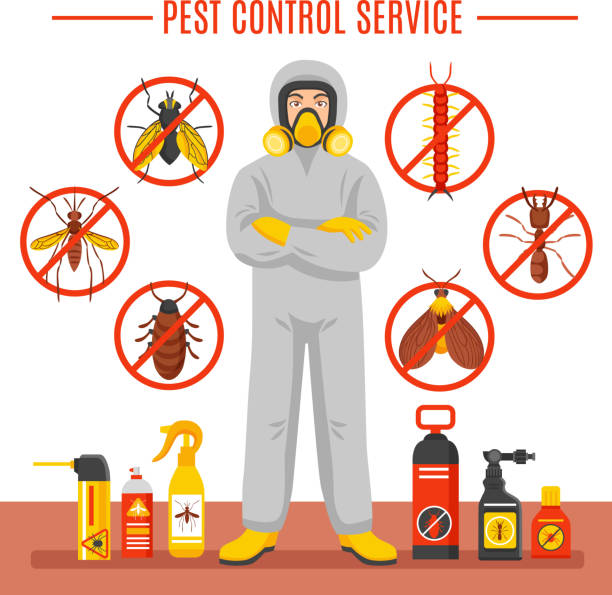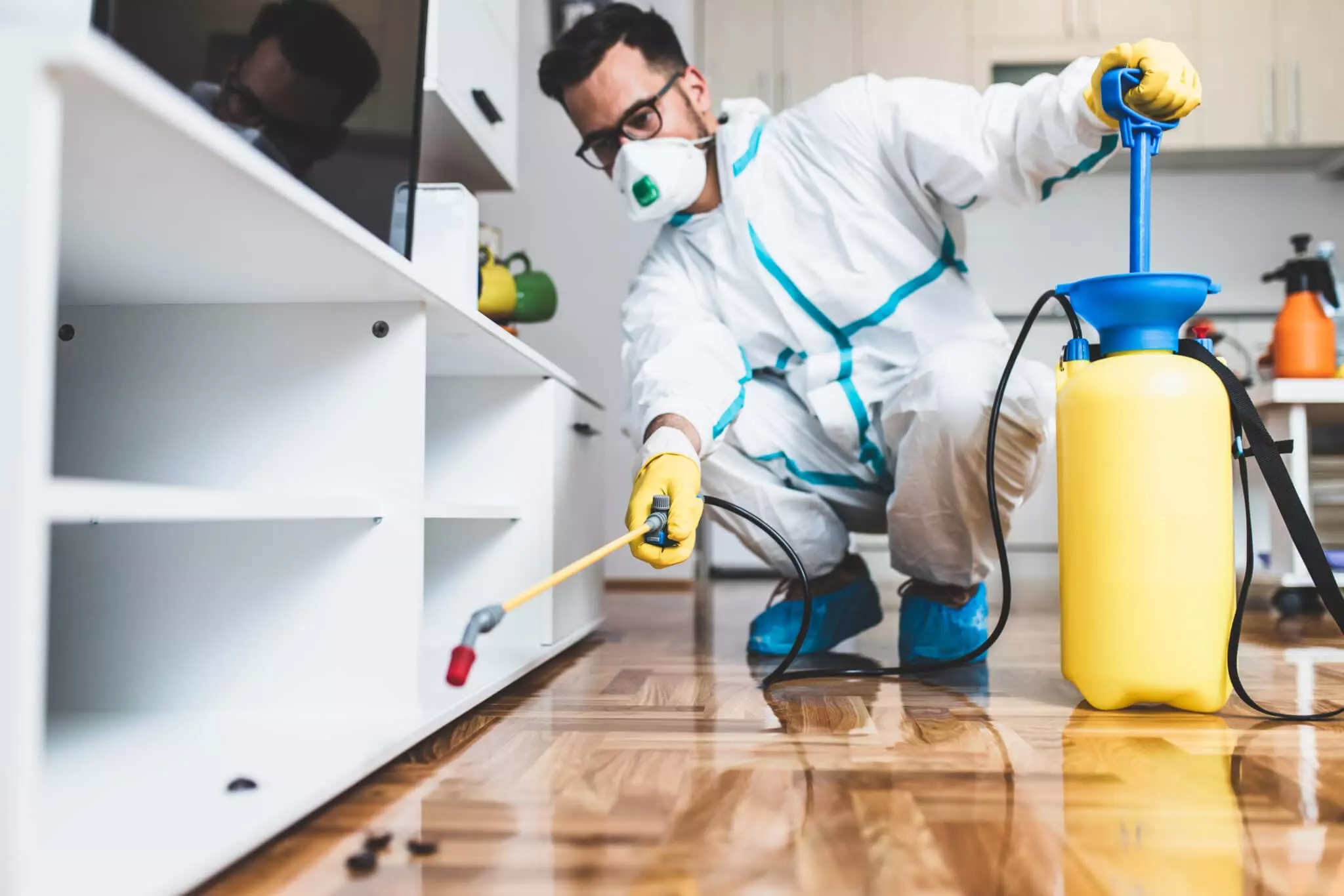Experience professional Pest Control for your property and keep pests away.
Eco-Friendly Pest Control Approaches for Handling Wild Animals in Urban Locations
Urban locations frequently discover themselves at the junction of human task and wildlife, leading to distinct challenges in pest management. These techniques not only shield the setting however additionally boost neighborhood interaction in wildlife monitoring. As city populations continue to grow, recognizing the characteristics of wildlife communications comes to be progressively important.
Comprehending Urban Wildlife Characteristics
Understanding Urban Wild animals Characteristics is important for creating effective and environmentally friendly pest control techniques. Urban areas are increasingly coming to be habitats for numerous wildlife varieties, driven by elements such as environment fragmentation, food schedule, and human advancement. Recognizing these characteristics enables for a nuanced approach to pest administration that aligns with eco-friendly principles.
Urban wild animals typically consists of types such as raccoons, squirrels, and birds, which adjust to city atmospheres, locating specific niches in green areas, parks, and also suburbs. Their visibility can lead to disputes with human beings, particularly when they make use of personnels for food and shelter. Recognizing the habits and eco-friendly roles of these types notifies strategies that reduce unfavorable interactions while promoting biodiversity.
In addition, acknowledging the interdependencies within metropolitan ecological communities helps in determining critical areas for habitat conservation and reconstruction. This knowledge contributes to the advancement of incorporated insect monitoring (IPM) methods that think about the environmental equilibrium, thereby decreasing dependence on hazardous chemicals. By fostering coexistence between human beings and urban wildlife, cities can create healthier environments that benefit both citizens and neighborhood ecosystems, leading the way for sustainable city living.
All-natural Repellents and Deterrents
All-natural repellents and deterrents offer a sustainable alternative to conventional pest control methods by harnessing the power of nature to maintain undesirable varieties away. These green remedies commonly make use of plant-based active ingredients, important oils, and other normally taking place compounds that discourage insects without damaging the setting.
One reliable natural repellent is peppermint oil, which is known to fend off rats and pests. Its strong fragrance is unpleasant to many pests, making it a preferred option for urban settings. Similarly, vinegar and citrus peels can act as deterrents, as their solid odors are typically uninviting to numerous wild animals.
Furthermore, diatomaceous planet is a natural powder that can be spread in locations susceptible to pest activity, successfully drying out and deterring pests without presenting risks to non-target types. Additionally, garlic sprays and neem oil are recognized for their capability to fend off a wide variety of pests, consisting of both bugs and bigger wild animals.
Applying these all-natural repellents not just decreases dependence on chemical pesticides but likewise advertises a healthier urban environment, promoting an extra balanced coexistence in between people and wild animals. By utilizing these techniques, city areas can efficiently take care of insect populaces while minimizing environmental effect.
Environment Modification Techniques
Reliable environment modification methods play a critical role in sustainable insect management by modifying the setting to make it less for pest infestations. By comprehending the eco-friendly dynamics of metropolitan areas, residential or commercial property owners can carry out calculated alterations that deter insects while promoting biodiversity.
(Cockroach exterminator Port Charlotte)One main strategy entails maintaining appropriate sanitation. This includes routine waste elimination, safeguarding garbage containers, and eliminating standing water to minimize reproducing websites for bugs and rats. In addition, landscape design practices such as choosing native plants can improve environmental balance, supplying environments for helpful microorganisms while reducing resources for pests.
One more essential method is to seal entry factors in buildings. Inspecting and fixing fractures in foundations, wall surfaces, and home windows can substantially decrease parasite gain access to. Creating physical obstacles, such as fences or plant barriers, can prevent wild animals motion right into human-inhabited locations.
Integrated Insect Monitoring Practices
Building upon environment adjustment strategies, integrated pest administration (IPM) practices supply an alternative strategy to managing parasite populations while minimizing environmental impact. IPM incorporates various methods, including biological, social, mechanical, and chemical controls, to achieve effective bug management.
Organic control involves the introduction of all-natural Continued predators or parasites to minimize pest populations. Social techniques, such as crop rotation and hygiene, disrupt pest life cycles and reduce their environments - Pest Control. Mechanical controls, like traps and obstacles, give immediate relief from bug stress without chemical intervention
Chemical controls are used as a last hotel, focusing on targeted applications that limit damage to non-target types and the setting. The option of eco-friendly chemicals, when required, is important to the IPM structure. Additionally, keeping an eye on bug populaces and evaluating possible damages aids educate decision-making, making certain that treatments are prompt and efficient.
Neighborhood Involvement and Education And Learning

(Ant control Port Charlotte)Workshops and informative sessions can equip locals with understanding regarding indigenous species, habitat preservation, and efficient safe bug administration methods. Partnership with institutions, local organizations, and federal government companies even more boosts instructional outreach, making sure that crucial details reaches varied target markets.
Additionally, community-led initiatives, such as neighborhood clean-up days and environment repair jobs, not only promote biodiversity yet additionally enhance community connections. Pest control service. By motivating residents to share their experiences and monitorings, communities can create targeted methods that deal with specific neighborhood bug issues
Including responses from citizens into parasite administration plans makes it possible for an extra receptive and flexible method to wild animals difficulties. Ultimately, notified and engaged neighborhoods are key to accomplishing long-lasting success in environmentally friendly parasite control, causing much healthier metropolitan settings that appreciate both human and environmental needs.

Verdict
In conclusion, eco-friendly bug control approaches deal sustainable options for handling metropolitan wild animals. By focusing on environment modification, using natural repellents, and applying incorporated insect administration methods, neighborhoods can promote an unified conjunction with regional fauna.